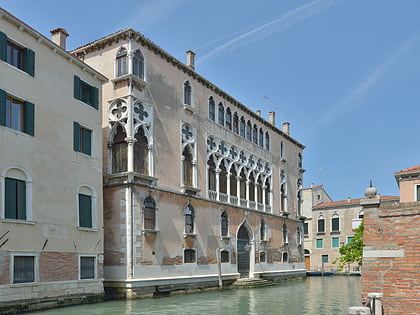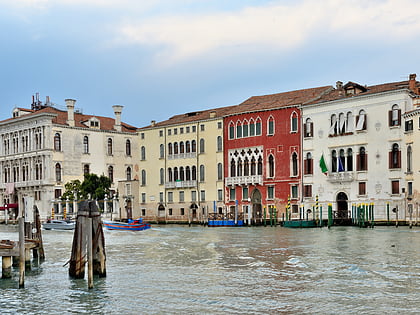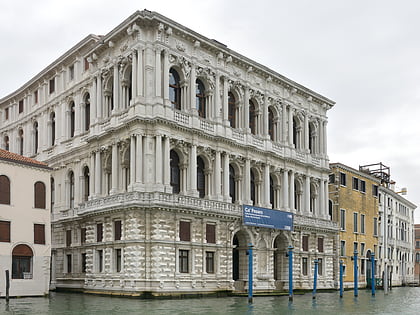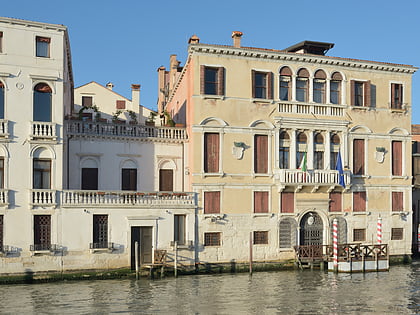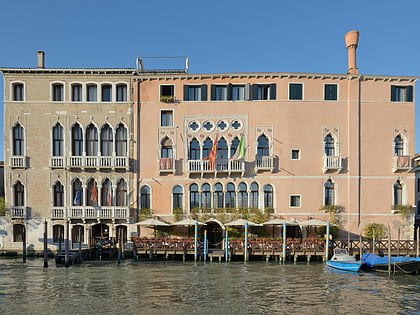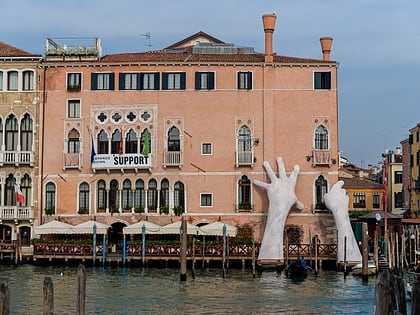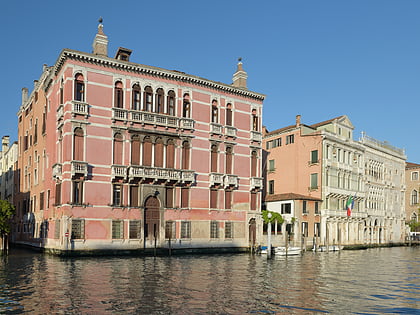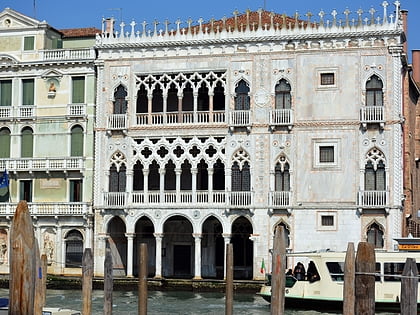Venetian Ghetto
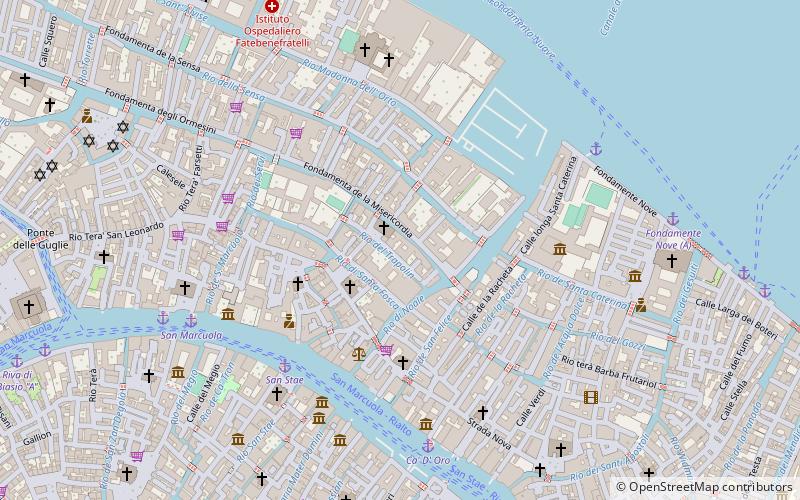

Facts and practical information
Nestled in the heart of Venice, the Venetian Ghetto holds a poignant place in both the city's history and the collective memory of European Jewry. Established in 1516, it was the world's first area designated specifically for Jewish people, and the term 'ghetto' originated from this enclave.
The Venetian Ghetto was created by the Venetian Republic's decree, which compelled Jews to live in a confined area of the Cannaregio district, a site of former foundries (geti). The area was surrounded by canals and accessible by two bridges, both of which were locked at night, effectively isolating the Jewish population.
Despite the restrictions, the Ghetto became a vibrant center for Jewish life and culture. It was divided into the Ghetto Nuovo (New Ghetto), Ghetto Vecchio (Old Ghetto), and Ghetto Novissimo (Newest Ghetto), reflecting the waves of Jewish immigration from different parts of Europe and the Mediterranean. Over time, the population grew so dense that buildings were extended upwards, resulting in uniquely tall structures for Venice.
Today, the Venetian Ghetto is a place of both historical reflection and living tradition. Visitors can explore the synagogues, which are among the oldest surviving Jewish houses of worship in Europe, and the Jewish Museum, which offers insights into the life and culture of the Venetian Jewish community through artifacts and exhibits.
Veneto
Venetian Ghetto – popular in the area (distance from the attraction)
Nearby attractions include: Palazzo Mastelli del Cammello, Ca' d'Oro, Palazzo Donà Giovannelli, Palazzo Marcello.



